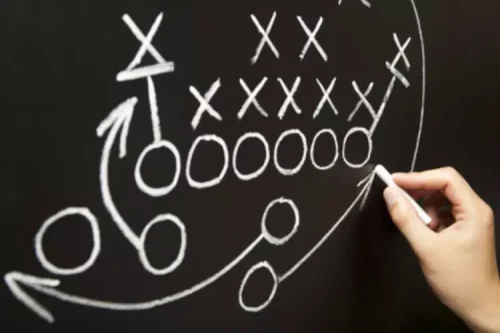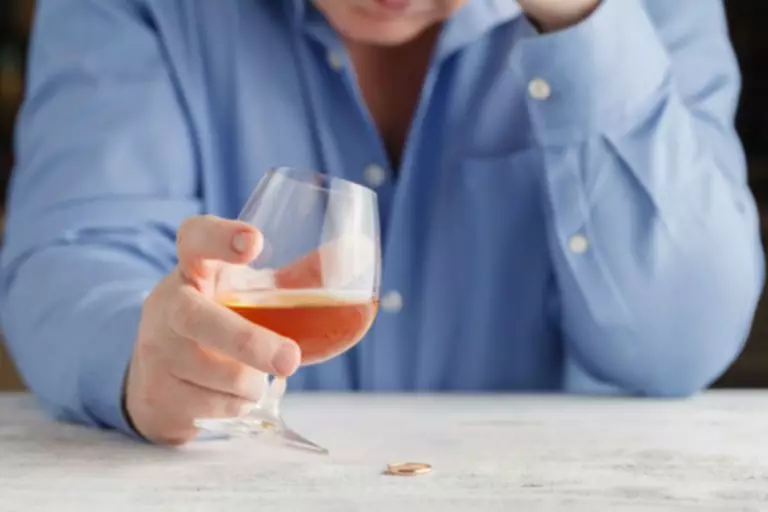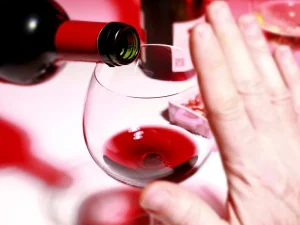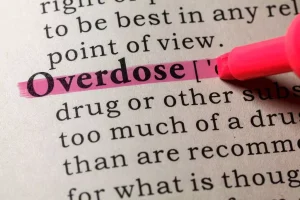
Beyond the NAc, chronic alcohol exposure has varied effects on dopamine release that are brain region and species dependent. Throughout the striatum, dopamine release is generally decreased https://ecosoberhouse.com/ following chronic alcohol use or treatment. In contrast to the dorsal striatum, dopamine release in the NAc is increased following chronic alcohol use in male cynomolgous macaques [22, 24].

FC mediation of AB
The positive reinforcing action of alcohol comes from the activation of the dopaminergic reward pathway in the limbic system. Dopamine is a neuromodulating compound that is released in the ventral tegmental area (VTA) and projects to the nucleus accumbens (NA) where it is acutely involved in motivation and reinforcement behaviours. The dysfunction of these systems is responsible for acute alcohol intoxication, alcohol dependence, and withdrawal syndrome. The detailed necropsy procedures used to harvest tissues [28] and obtain ex vivo slices [8] have been previously described. A block containing the caudate and putamen was microdissected from the left hemisphere and sectioned with a VT1200S (Leica, Buffalo Grove, IL) in a sucrose cutting solution aerated with 95% O2/5% CO2 (see Supplementary Materials for composition). A ceramic blade (Camden Instruments Limited, Lafayette, IN) was used for sectioning 250 µm slices that were equilibrated at 33 °C for 1 h in equilibration ACSF before being moved to room temperature for an additional hour before beginning experiments.
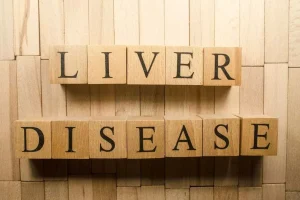
Dopamine depletion procedure
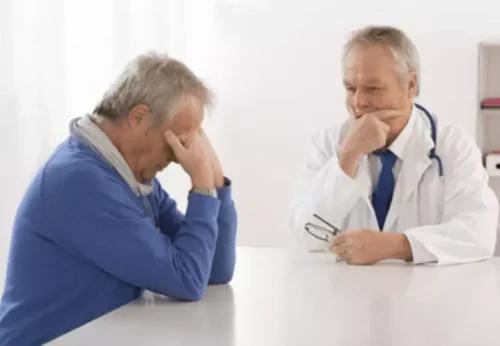
Successively higher levels of organization integrate the various functions of adjacent groups of neurons. At the highest level of complexity are neural pathways, sequences of neurons communicating through several brain regions (Shepherd 1994). “When we think about the reward centers, it releases dopamine, which is our feel-good hormone. So what happens is, when you do a certain activity, dopamine surges — and you’re like, ‘Oh, I want to keep doing that,’ whether that’s indulging in alcohol, nicotine or even gambling,” she said. “How Ozempic works is, it decreases the surge of dopamine, and therefore the desire for that particular activity is decreased.”
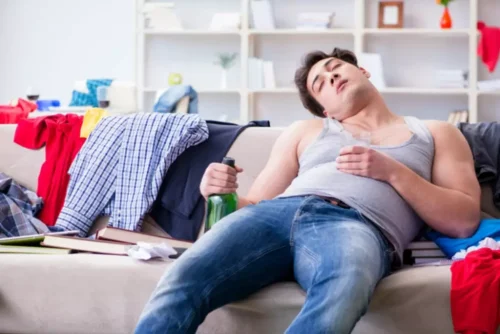
Dopamine-transporter (DAT) ligand-binding imaging (DAT-SPECT) for evaluation of nigrostriatal function
Reinforcement appears to be regulated by the interaction of multiple neurotransmitter and neuromodulatory systems. Among the neurotransmitter systems linked to the reinforcing effects of alcohol are dopamine, endogenous opiates (i.e., morphinelike neurotransmitters), GABA, serotonin, and glutamate acting at the NMDA receptor (Koob 1996). Complex interactions between these neurotransmitter systems are likely to be important for the development and maintenance of alcohol-seeking behaviors. For example, alcohol has been shown to activate dopamine systems in certain areas of the brain (i.e., the limbic system) through an interaction with glutamate receptors (Koob 1996). Moreover, dopamine systems appear to be inhibited after alcohol withdrawal, and this inhibition can be reversed by alcohol consumption (Koob 1996). Interestingly, endogenous opiate systems could cause the decrease in the activity of dopamine systems that occurs during alcohol withdrawal (Koob 1996).
You’re More Likely To Have A Heart Attack On This Day Of The Week, Study Finds
The µ-opioid receptor (MOR) binds β-endorphins and enkephalins which, in turn, increase dopamine release in the NAc [140]. [11C]Carfentanil is a PET tracer that can be used to define MOR receptor availability and is also sensitive to endogenous endorphin release. Endorphin release in the NAc and OFC was measured in light versus heavy drinkers through displacement of [11C]Carfentanil following acute alcohol consumption of an alcoholic drink. Changes in OFC binding correlated significantly with problematic drinking and subjective high in heavy drinkers but not in controls [141].
- What alcohol does, though, is depress the body’s central nervous system – the system that lets our brain tell our body what to do.
- Choice impulsivity, the tendency to make choices that lead to suboptimal, immediate or risky outcomes is often measured using a delay discounting task to assess an individual’s preference for a smaller, immediate reward compared with a larger, delayed reward [112].
- To probe impulsiveness through fMRI, response inhibition tasks are commonly used, such as the Go/no-go (GNG) task and Stop Signal Task (SST).
- In both patients, regularly assessed UPDRS III/MDS-UPDRS III (motor score—without and with the item “action tremor”) and SCOPA-AUT scores remained normal during ADLL therapy (Fig. 2a, b and Supplementary Table 1).
- What worries me most today is that what happened to Mason and our family can happen to anyone — and has happened to others.
- Neurotransmitters serve several functions, such as regulating appetite, the sleep-wake cycle, and mood.
The dopamine (DA) system in the CNS includes the nigrostriatal pathway, the mesolimbic pathway and the tuberoinfundibular pathway. Dopamine is mainly produced in the substantia nigra, projected along the nigrostriatal pathways and stored alcohol and dopamine in the striatum. All of them function both individually and interactively as G-protein coupled receptors. Drugs, on the other hand, can cause long-term damage, with dopamine levels and brain cells taking a year or longer to heal.

About the journal
- Then, they allowed this development to take place in an environment with active vitamin D hormones and in an environment without it.
- Alcohol-dependent activation of mTORC2 in the DMS promotes F-actin assembly, the formation for mature spines and alcohol intake [59].
- Albeit the preclinical data look promising regarding the glycine transporter‐1 inhibitor Org25935, the multicenter randomized clinical trial produced a negative outcome on alcohol intake, but did not discard the potential importance of the mechanism [207].
- Dopamine is a neurotransmitter primarily involved in a circuit called the mesolimbic system, which projects from the brain’s ventral tegmental area to the nucleus accumbens.
Beverage effects on FC
- Acute and chronic exposure to alcohol can have opposite effects on epigenetic regulation.
- We found that chronic alcohol self-administration resulted in several dopamine system adaptations.
- The Carolina Alcohol Use Patterns Questionnaire (CAUPQ [61]) was used to estimate a total number of adolescent (0–21 years) binge episodes (see Supplementary Materials) and quarter-root transformed before statistical analysis.
- Furthermore, they are clinically used for alcohol‐dependent patients during the acute detoxification phase to prevent agitation, hallucinations and delirium tremens [153].
